
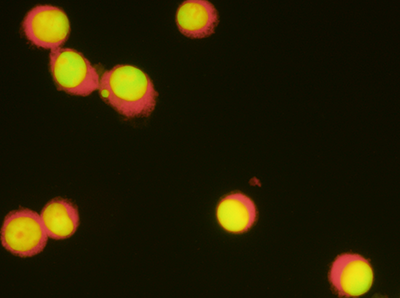
Decoding the Revised OECD 487 Guideline: What Inotiv Clients Need to Know
Navigating the Latest Changes in In Vitro Micronucleus Testing and What It Means for YouKey Takeaways1. Spotlight on Test Guideline 487 Updates:Uncover key adjustments introduced in the updated...
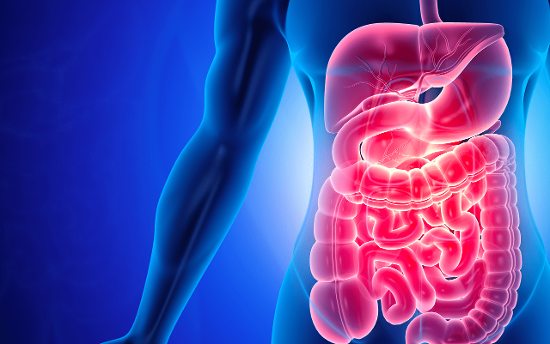
Advantages of Non-Remitting Chronic IBD Models
The Advantages of Non-Remitting Chronic IBD Rodent ModelsAs the frequency of inflammatory bowel disease (IBD) increases globally, preclinical researchers continue to study new treatments that can...

Promoting Animal Welfare with Implanted Telemetry
As part of the advanced surgical services offered by Inotiv, telemetry represents an important part of a thoughtful, experimental design. Learn how telemetered data can promote animal welfare,...
-1.jpg)
A Consultative Approach to Deliver Excellent Client Experiences
Helping clients realize the full potential of their critical R&D projects starts with a trusted partnership. From research models to specialized services, our team at Envigo–an Inotiv company,...
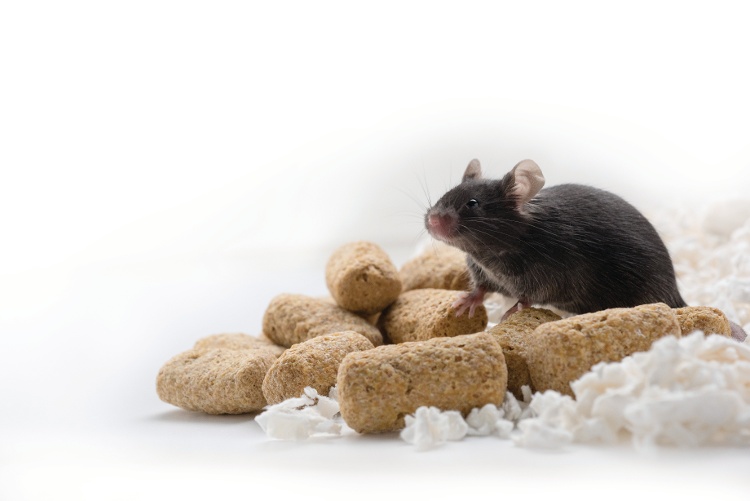
The Facts About Fiber and Other Key Ingredients in Your Laboratory Rodent Diet
When considering the fiber and nutrient content of laboratory diet for your rodents, it is important to understand the differences between a natural ingredient diet and a purified diet. Fiber in...
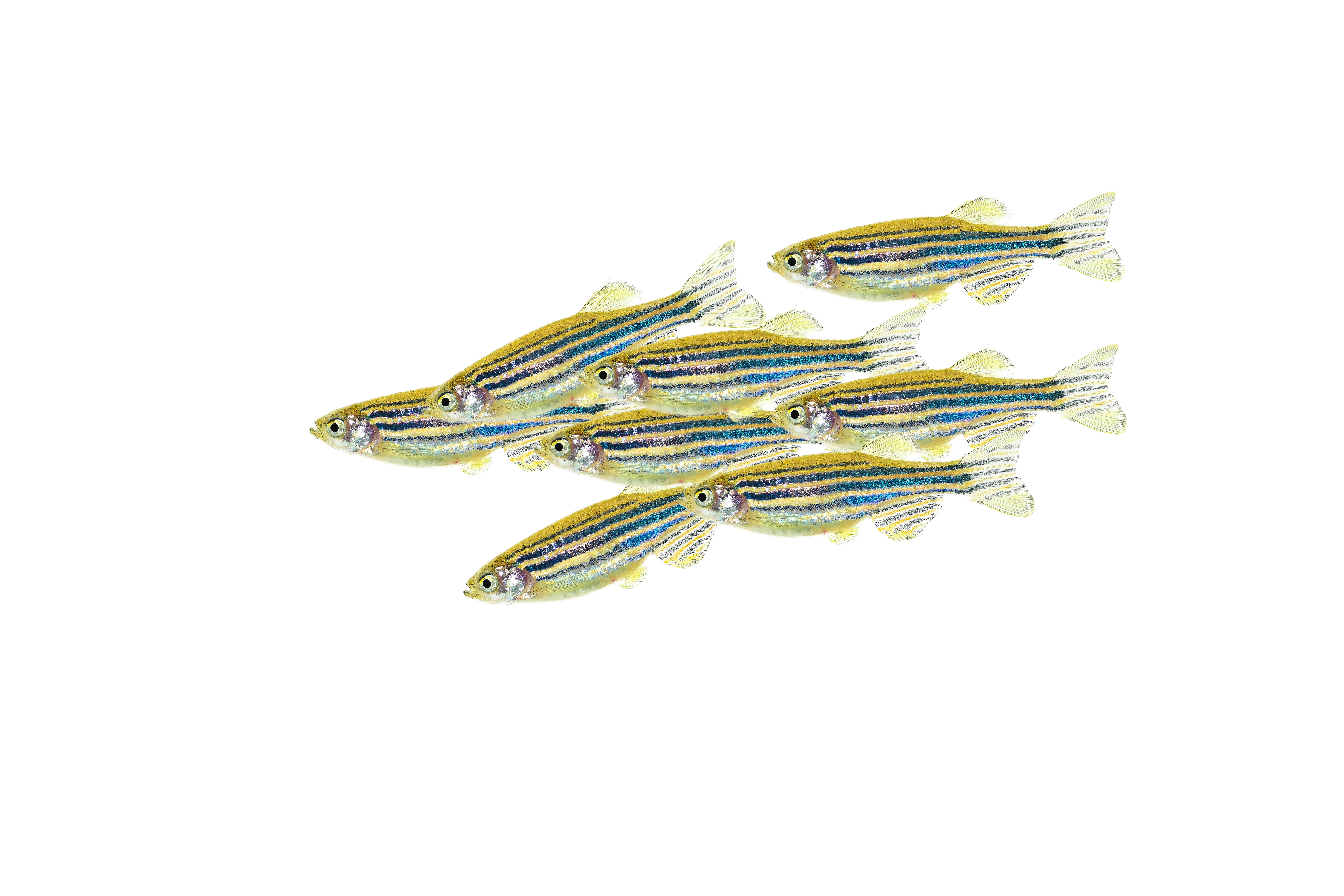
Maintaining and Reporting Health Status of Zebrafish with Diagnostic Testing
Zebrafish (Danio rerio) are considered a unique model for biomedical research given their genomic and molecular similarities to vertebrates. As use of zebrafish as a model of disease increases,...
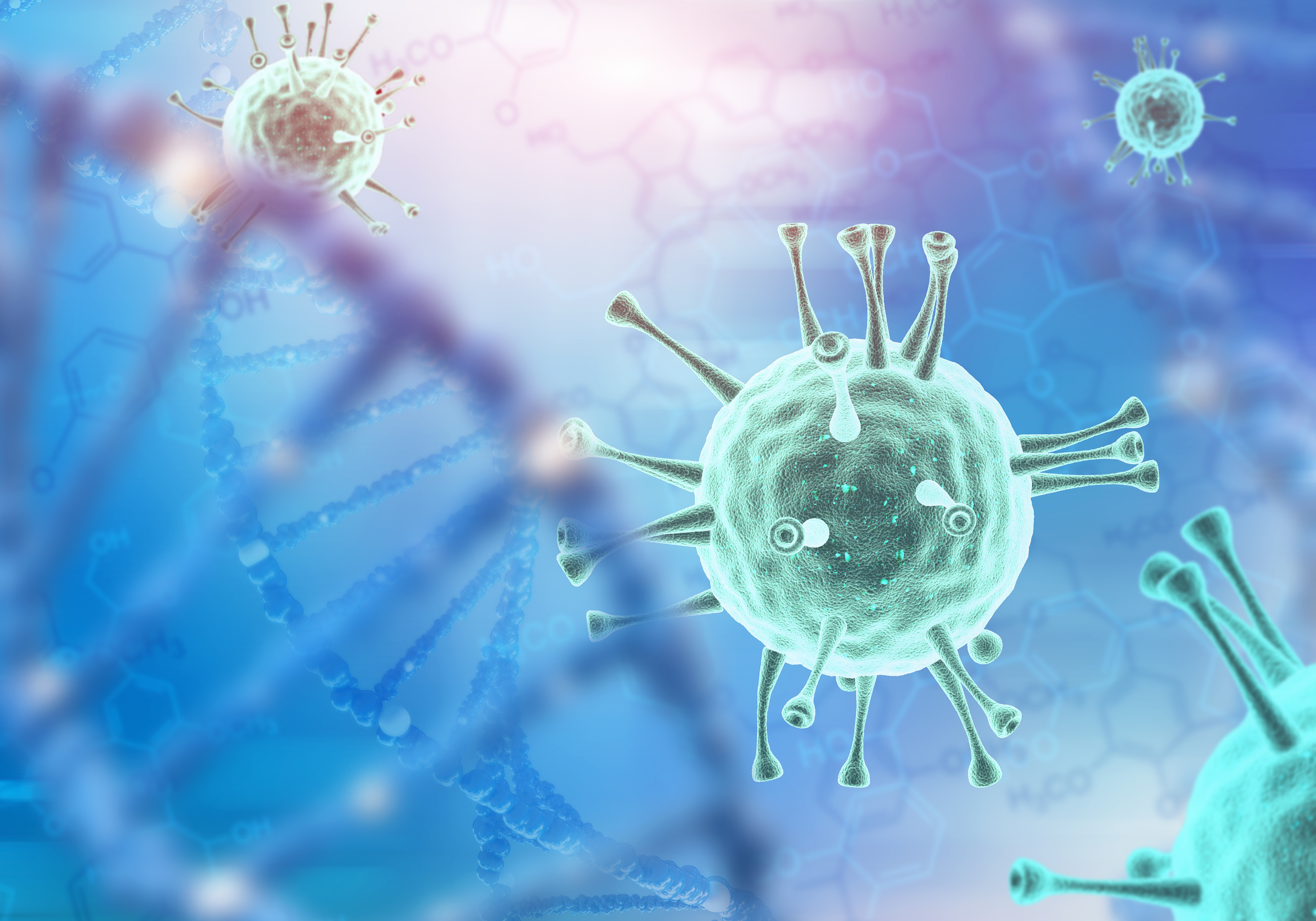
Advancing therapeutic research for long COVID with an enhanced hACE2 mouse model
Envigo, an Inotiv company, is leading the charge to advance therapeutic research for long COVID with an enhanced hACE2 mouse model.

